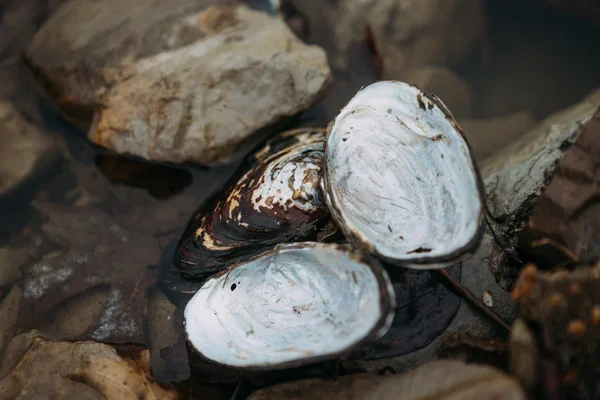From Clams to Clean Water | Indian River Lagoon
by Rivers are Life Team
Amidst the tides on the Indian River Lagoon of Florida, a simple creature plays a crucial role: the clam. These unassuming mollusks are vital in sculpting the ecosystem's intricate balance, their quiet efforts echoing through the depths. Let's dive deeper into the captivating world of clams and unravel their significance.
The Unseen Stewards
While clams may not capture the spotlight like dolphins or manatees, their ecological significance cannot be overstated. These filter-feeding organisms act as water purifiers, tirelessly sifting through waters to feed on algae, bacteria, and organic debris. In doing so, they help maintain water clarity and quality, mitigating the effects of nutrient pollution and promoting the growth of seagrasses essential for marine life.
A Balancing Act
Beyond their role as environmental stewards, clams are crucial for nutrient cycling. As they filter-feed, they accumulate nutrients within their tissues. When clams die, these nutrients are released back into the water, fueling the growth of phytoplankton and supporting the lagoon's intricate food web. Additionally, clam beds provide habitat and refuge for a diverse array of marine organisms, from tiny invertebrates to juvenile fish, contributing to the lagoon's overall biodiversity.
Guardians of Resilience
The Indian River Lagoon faces numerous threats, including habitat loss, pollution, and climate change. In the face of these challenges, clams serve as resilient sentinels, adapting to changing environmental conditions and providing valuable insights into the lagoon's health. Scientists monitor clam populations as indicators of water quality and ecosystem health, recognizing their sensitivity to environmental stressors and their ability to thrive in healthy, well-balanced habitats.
As stewards of waterways, it is our responsibility to safeguard the delicate balance of this unique ecosystem. Recognizing the importance of clams is the first step towards conservation and restoration efforts. By reducing nutrient pollution, preserving critical habitats, and promoting sustainable practices.

